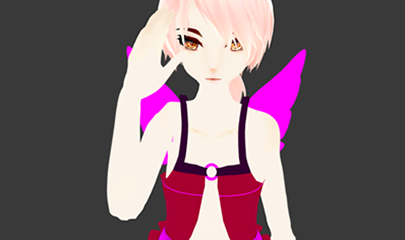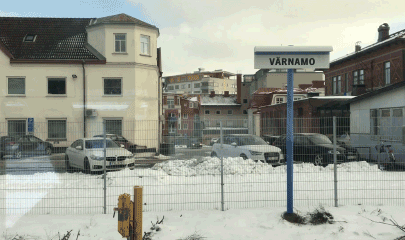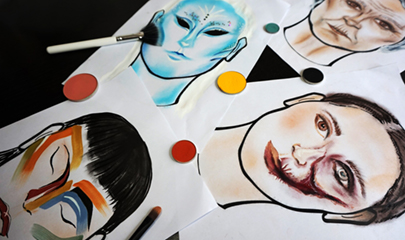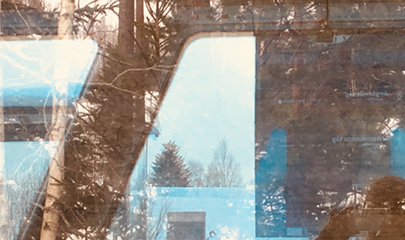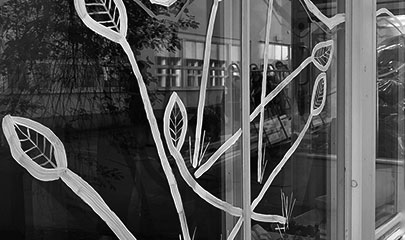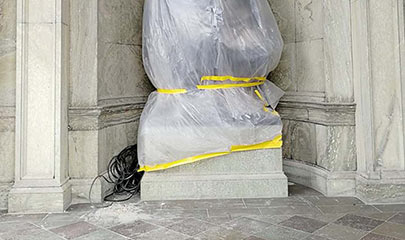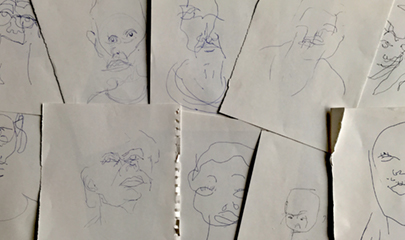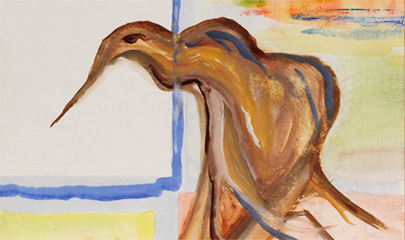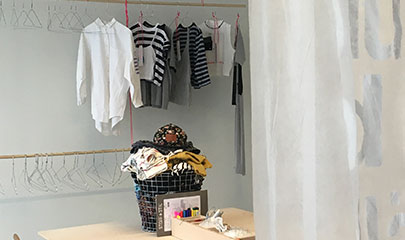
Digitally competent?
Today’s students live in an increasingly digitized society, and the EU has defined digital skills as one of the eight key competencies we need in order to function in society. Therefore, the National Agency for Education has changed the governing documents for elementary school, upper secondary and adult education going into the autumn of 2018, and has placed a greater focus on digital competence in schools. Through my independent work, I have studied how upper secondary school teachers work with students and their digital skills in the subject Visual Arts in the classroom.
I teach Theatre at Rudbeckskolan in Sollentuna. As a complement to the interviews with the teachers in Visual Arts who formed the basis of my research, together with my pupils through drama, I have studied how they define digital skills and what it means to them. Students’ thoughts about the digitized society are visualized analogously on stage.
Digitalt kompetent?
Dagens elever lever i ett allt mer digitaliserat samhälle. EU har definierat digital kompetens som en av de åtta nyckelkompetenser vi behöver för att klara oss i samhället. Skolverket har därför ändrat i styrdokumenten för grundskole-, gymnasie- och vuxenutbildningen inför hösten 2018 med större fokus på digital kompetens i skolan. Alla barn och elever ska ges möjlighet att utveckla sin digitala kompetens. Med anledning av det här har jag undersökt hur bildlärare på gymnasiet arbetar med det i ämnet bild i bildklassrummet i mitt självständiga arbete.
Jag undervisar i Scenisk Gestaltning på Rudbecksskolan i Sollentuna, och som ett komplement till de intervjuer med bildlärare som ligger till grund för min undersökning har jag tillsammans med mina elever genom scenisk gestaltning undersökt hur eleverna definierar digital kompetens och vad den betyder för dem. Elevernas tankar kring det digitala visualiseras analogt genom scenisk gestaltning.

